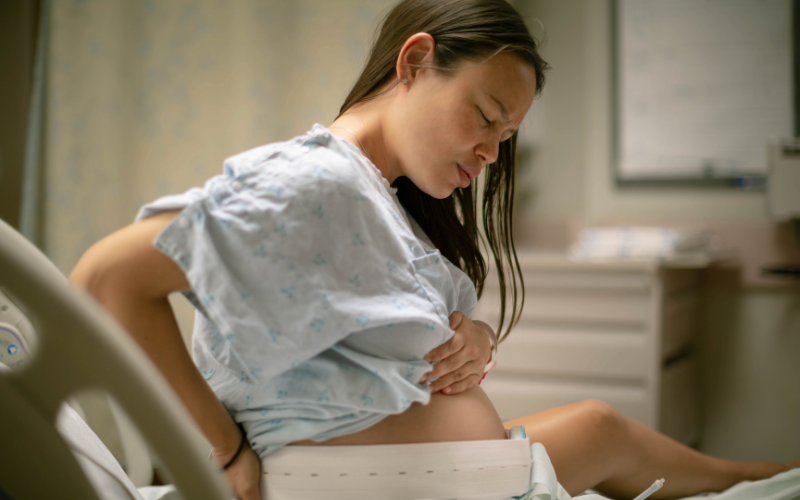The International Day to End Obstetric Fistula, observed annually on 23 May, serves as a reminder of the silent suffering endured by women around the world.
{{ vm.tagsGroup }}
23 May 2024
5 Min Read
Associate Professor Dr Khine Pwint Phyu (Academic Columnist), Associate Professor Dr Ganesh Ramachandran (Academic Columnist), Associate Professor Dr Anitha Ponnupillai (Academic Columnist)
The International Day to End Obstetric Fistula, observed annually on 23 May, serves as a reminder of the silent suffering endured by women around the world.
Obstetric fistula, an excruciating childbirth injury resulting in an abnormal connection between a woman’s birth canal and bladder or rectum, continues to haunt countless lives. Despite its profound impact, obstetric fistula remains largely unspoken, hidden in the shadows of societal taboos and healthcare disparities.
Within the Southeast Asian region, including Malaysia, reliable data remains elusive, making it challenging to ascertain the true prevalence of this condition. However, empirically, because of the access most women in Malaysia have to good healthcare facilities, obstetric fistulas are exceedingly uncommon in our country.
Globally, 65 percent of obstetric fistula cases occur in girls under the age of 18. It is a devastating childbirth injury afflicting the most impoverished and vulnerable girls and women. The physical, emotional, psychological, social, and economic consequences incurred by experiencing this condition at a younger age change their life forever and often face abandonment and ostracisation by the family, friends, and society.
The cause of obstetric fistulas lies in traumatic childbirth experiences. Prolonged and difficult labours subject women to prolonged pressure on the birth canal, resulting in inflammation, tissue damage, and death of cells. This can lead to the formation of fistulas, creating distressing symptoms such as urinary or faecal leakage, foul-smelling vaginal discharge, and chronic vaginal infections or painful sexual intercourse.
This injury results in extreme physical taboo and even isolation of the individual, which in turn results in emotional and mental burdens causing low self-esteem and depression. The long-term impact on intimate relations between a husband and wife exacerbate both physical and mental wellbeing of the woman too.
There are several contributing factors that heighten the risk of obstetric fistula:
To minimise the incidence of obstetric fistulas, the following initiatives must be taken:
In Malaysia, extensive measures are taken to ensure that both urban and rural areas receive adequate care during pregnancy, labour, and childbirth. Intensive training programs for midwives are conducted to ensure the delivery of babies with safe techniques and the timely diagnosis of serious postpartum complications, including obstetric fistulas.
Furthermore, urogynaecology departments have been established in both private and public sectors, staffed with trained urogynaecologists to effectively treat obstetric fistulas efficiently if at all they occur and provide comprehensive rehabilitation services.
It is essential that we break the silence and advocate for the rights and dignity of women affected by this condition. Through collective action and consistent commitment, we can minimise the debilitating complications of obstetric fistula, paving the way towards a future where every woman is ensured the right to safe and high-quality emergency obstetric care during childbirth.
By Associate Professor Dr Khine Pwint Phyu, Associate Professor Dr Ganesh Ramachandran, and Associate Professor Dr Anitha Ponnupillai, are academics specialised in Obstetrics & Gynaecology at the School of Medicine, Faculty of Health and Medical Sciences at Taylor’s University.
The article was originally published on malaysia.healthtoday.net on 23 May 2024 under the title 'Three Experts Explain Why We Need to be Concerned about Obstetric Fistula'.

.png/jcr:content/renditions/cq5dam.web.800.500.webp)